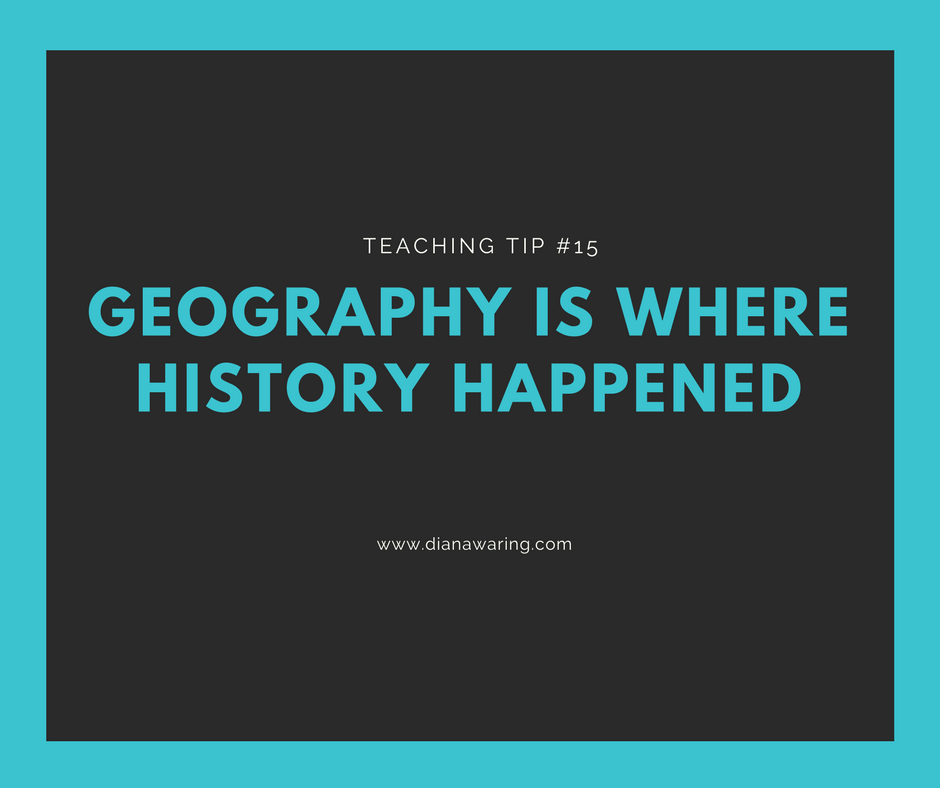Recently, one of the students in my online world history classes chose to share with her class about the geography of Egypt. What was so exciting to me was her enthusiasm for what she had learned. She literally emailed to say:
“I would love to show what I have been working on.
Could I show what I have done in class tomorrow?
I think you will find it interesting.”
When a student WANTS to share in class, it shows that there has been an engagement, an interaction with the material that goes beyond the superficial. And that means that real learning has taken place!
I didn’t yet know what her presentation was about (students are able to choose their topic from a wide-ranging list), so it was with some surprise that I saw she had chosen “deserts” for her topic. Honestly, I had no idea what she had discovered about deserts that would warrant such enthusiasm. . .
The Sahara Desert
However, during the online class, this student regaled us with the statistics of the Sahara Desert—largest hot desert in the world, 3rd largest desert in the world, the reason why there is rarely any rainfall—and then, with awe in her voice, she said, “The eastern and western deserts of Egypt are part of the Sahara!!”
You could hear a collective “ohhhhhhhhh” in the class as each one remembered the incredible significance of the Nile River in ancient Egyptian history—rich soil due to the yearly inundation, diverse and abundant crops from the favorable growing conditions, protection from invading armies due to the boundaries of desert, and so much more. Suddenly, the geographical data connected with historical events, and the result was a much deeper engagement and awareness of both geography AND history.
Geography does that. Constantly.
The Alps
The massive Alps are not only beautiful, they have also played a significant part in history—such as Hannibal’s surprise attack on the Roman Republic (he crossed the Alps in 218 B.C. with troops, horses, and war elephants!) and Napoleon’s unlooked for entrance into North Italy (he crossed the Alps with his troops in May, 1800, an extremely unlikely season for crossing).
I had read of these events and tried to picture them in my mind, but when my husband and I actually had the opportunity to drive through the French Alps in 2005, I was stunned to see for myself how extraordinary it was that these historic attempts had actually succeeded!
Geography brings history to life. Powerfully.
The Dried-Up Geography Approach
This is NOT how we learned geography in the school I attended. . .Somehow, the fascinating, dramatic, and adventurous stuff of geography all got sifted out, and what we were left with was more of the textbook approach of dried-up facts, statistics, and memorization for the test. We might have had a geography class AND a history class in the same year, but they were not integrally connected, no one was saying, “Wow!! Look at how THAT mountain range affected THAT historical event!!”
The Vibrant Geography Approach
But, as homeschoolers, we have options. We can recombine these two subjects that naturally go hand-in-hand as we teach each period of history with its corresponding geography. Each will reinforce and expand the understanding of the other. Really, it’s almost two for the price of one!
That’s why we incorporated geography into each unit in the History Revealed curriculum. It’s the opening exercise of the Hands-On activities of Phase 3, an opportunity for students to pull out the colored pens/pencils, and start digging into where history happened.
From the Teacher Guide:
It is amazing to discover how greatly the geography of a location has impacted the history of that location. Help your students recognize that they won’t understand their subject as well if they don’t know where it is and what it is like geographically! A huge mountain range can have a daunting effect on invading armies; a river can be a source of irrigation in a dry place; a swamp can affect the health of the settlers; and more.
If students have good, sharp colored drawing pencils, they may enjoy making artistic maps, showing, for instance, mountain ranges as a series of peaks, rather that functional maps indicating mountain ranges merely with words.”

